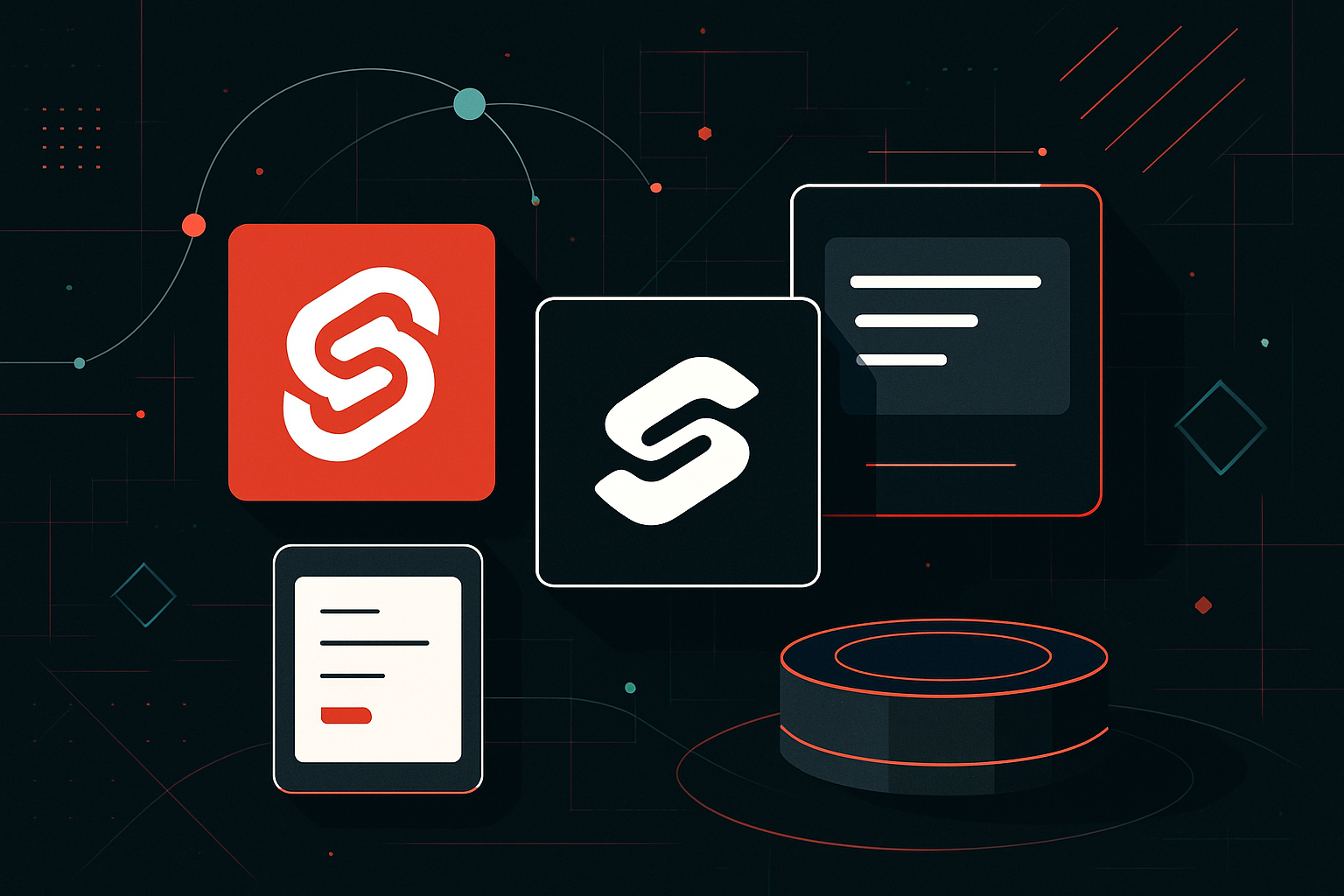Serverless Architecture Explained for Developers

Understanding Serverless Architecture
Serverless architecture represents a paradigm shift in software development, where developers focus solely on writing code without managing server infrastructure. This model allows teams to build applications faster and with greater efficiency. Here, we delve into the technical aspects of serverless architecture, providing actionable insights and examples.
Key Components of Serverless Architecture
-
Function-as-a-Service (FaaS):
Central to serverless, FaaS allows developers to deploy individual functions in the cloud, triggered by events. Examples include AWS Lambda, Azure Functions, and Google Cloud Functions. -
Backend-as-a-Service (BaaS):
BaaS provides developers with ready-to-use backend services such as databases, authentication, and storage. Examples include Firebase and AWS Amplify.
Benefits of Serverless Architecture
- Cost-Effectiveness: Pay only for the compute time consumed, not for idle resources.
- Scalability: Automatically scales applications in response to demand.
- Reduced Operational Overhead: No need to manage server infrastructure.
Challenges of Serverless Architecture
- Cold Starts: Initial function execution can be slow due to container start-up time.
- Vendor Lock-In: Services are often tied to specific cloud providers.
- Debugging Complexity: Tracing issues across distributed services can be challenging.
Comparative Summary of Serverless Providers
| Feature | AWS Lambda | Azure Functions | Google Cloud Functions |
|---|---|---|---|
| Language Support | Node.js, Python, Java, etc. | C#, JavaScript, Python, etc. | Node.js, Python, Go, etc. |
| Execution Timeout | 15 minutes | 10 minutes | 9 minutes |
| Cold Start Duration | Moderate | Moderate | Fast |
| Integrated Services | AWS IAM, S3, DynamoDB, etc. | Azure App Services, CosmosDB | BigQuery, Cloud Storage |
Building a Serverless Application
Step 1: Choose Your Cloud Provider
Select a cloud provider based on your language preference, existing infrastructure, and service requirements. For this example, let’s use AWS Lambda.
Step 2: Write Your Function
Here’s a simple Node.js function that responds to an HTTP request:
exports.handler = async (event) => {
const response = {
statusCode: 200,
body: JSON.stringify('Hello from Lambda!'),
};
return response;
};
Step 3: Deploy Your Function
Use the AWS CLI to deploy your Lambda function. First, zip your application:
zip function.zip index.js
Then, create the function in AWS:
aws lambda create-function --function-name HelloWorldFunction --zip-file fileb://function.zip --handler index.handler --runtime nodejs14.x --role arn:aws:iam::YOUR_ACCOUNT_ID:role/YOUR_ROLE
Step 4: Trigger the Function
Configure an API Gateway to trigger your Lambda function on HTTP requests. This involves creating a new API, configuring resources and methods, and deploying it.
Best Practices for Serverless Development
- Optimize Function Execution Time: Minimize dependencies and reduce package size to decrease cold start latency.
- Use Environment Variables: Store sensitive data such as API keys securely without hardcoding them.
- Implement Monitoring and Logging: Utilize tools like AWS CloudWatch to gain insights into function performance and error tracking.
- Design for Idempotency: Ensure functions can handle repeated invocations without unintended side effects.
Example Use Case: Image Processing Pipeline
Consider an image processing pipeline built using serverless architecture:
- Image Upload: Users upload images to an S3 bucket.
- Trigger Lambda Function: S3 triggers a Lambda function to process the image.
- Store Results: Processed images are stored back in another S3 bucket or sent to a CDN.
This setup demonstrates how serverless architecture efficiently handles burst workloads and scales seamlessly.
Conclusion
Serverless architecture empowers developers by abstracting infrastructure management, facilitating rapid development, and optimizing costs. By understanding its components, benefits, and challenges, and following best practices, developers can leverage serverless to build scalable and efficient applications.





0 thoughts on “Serverless Architecture Explained for Developers”